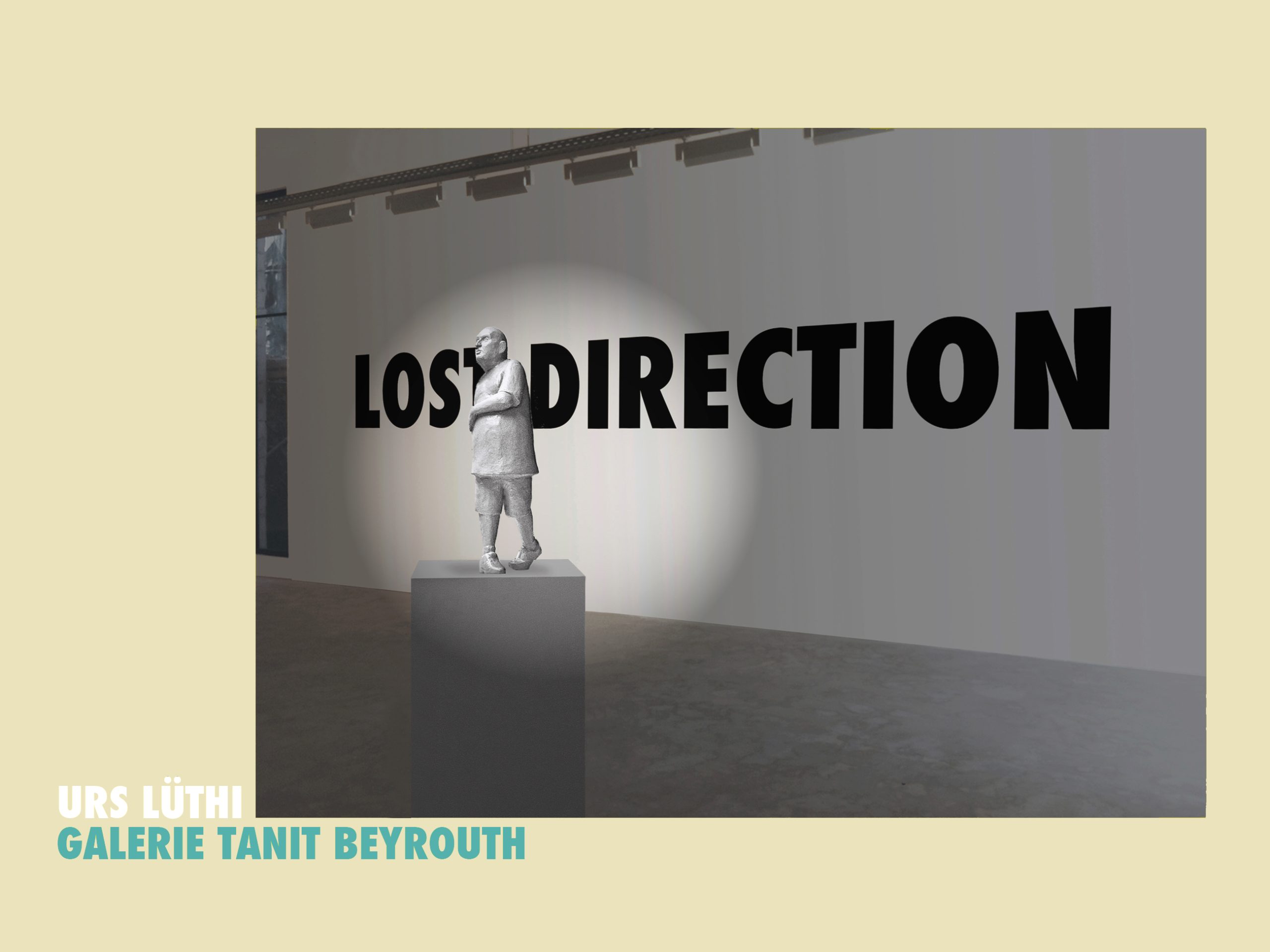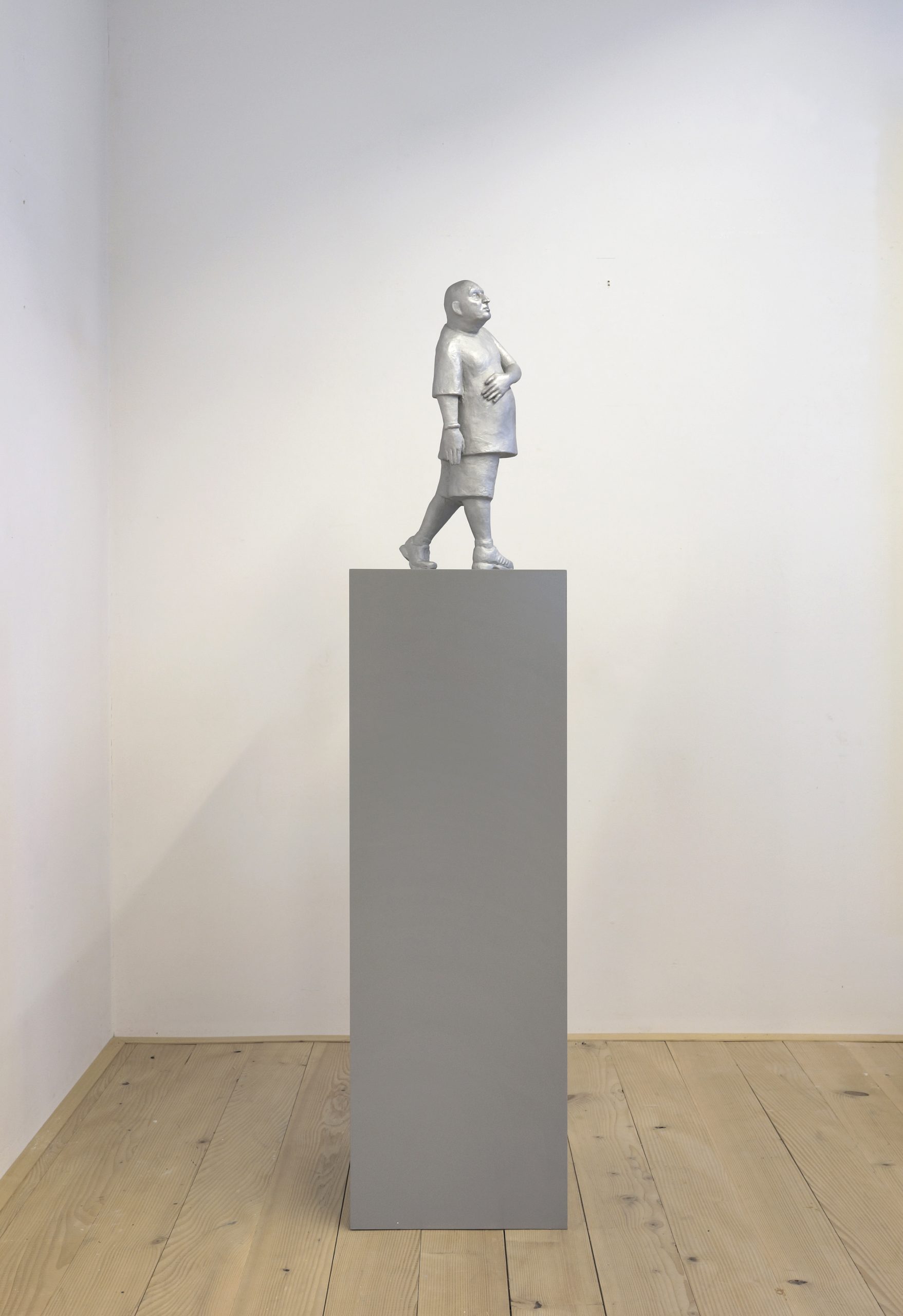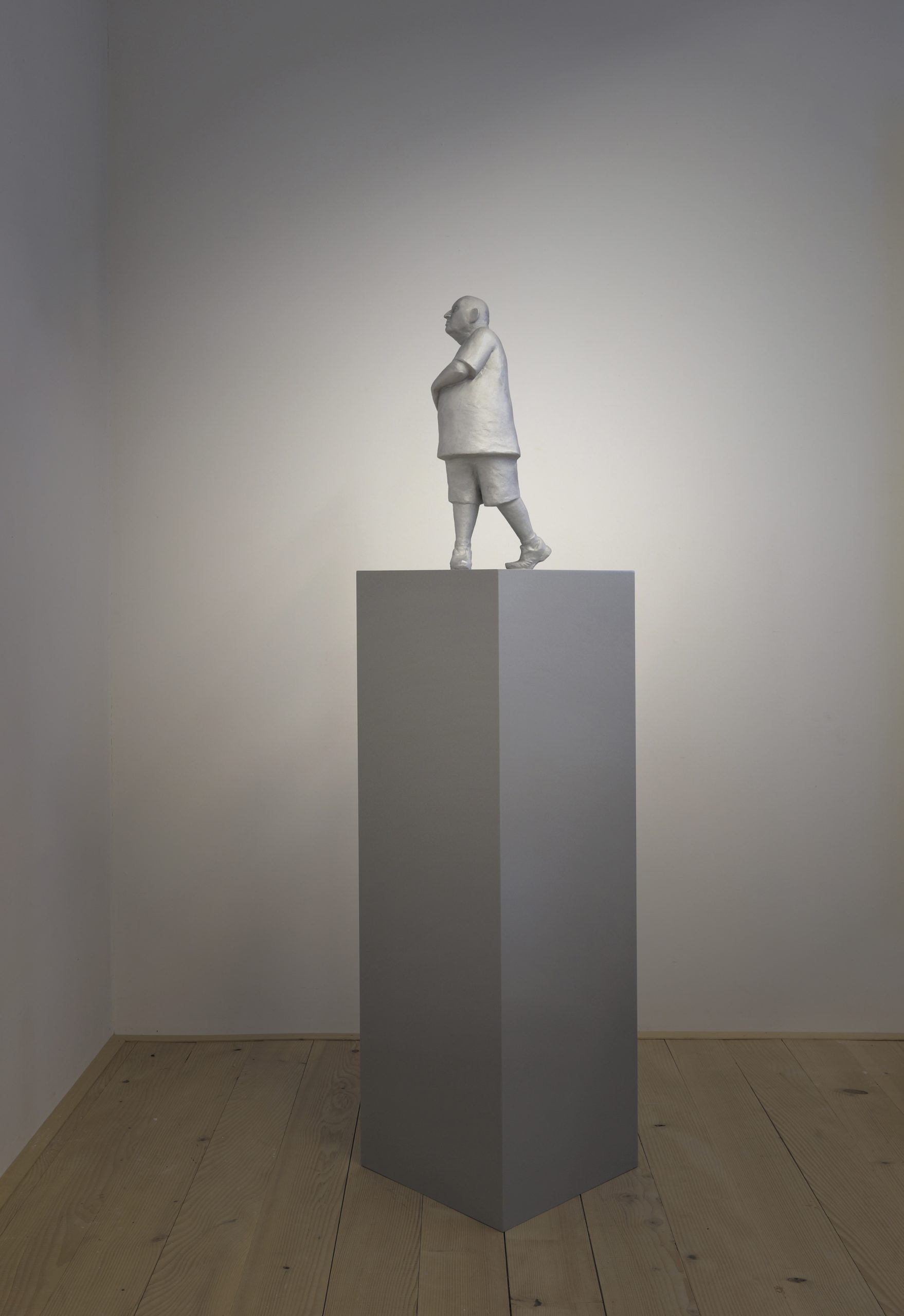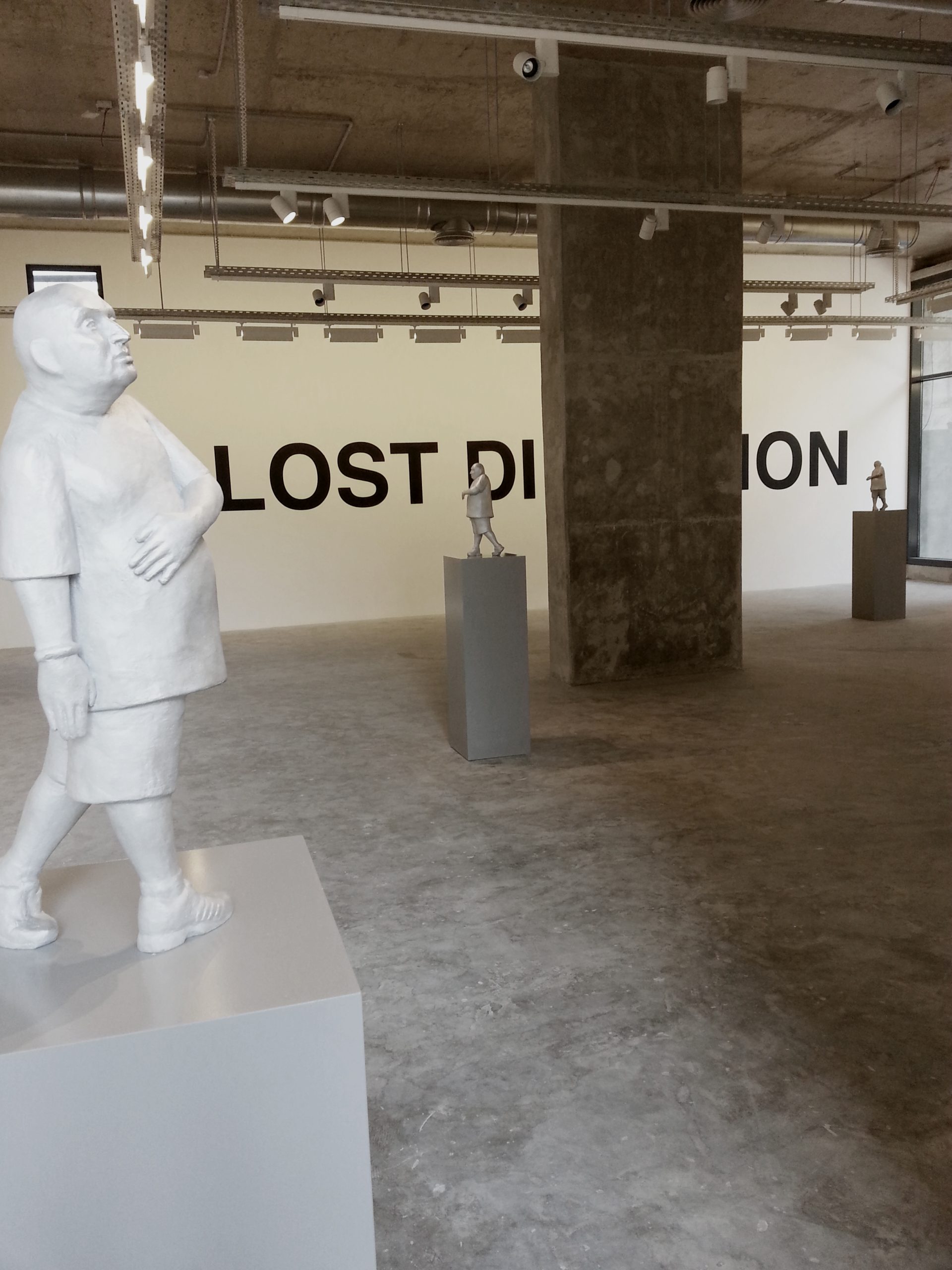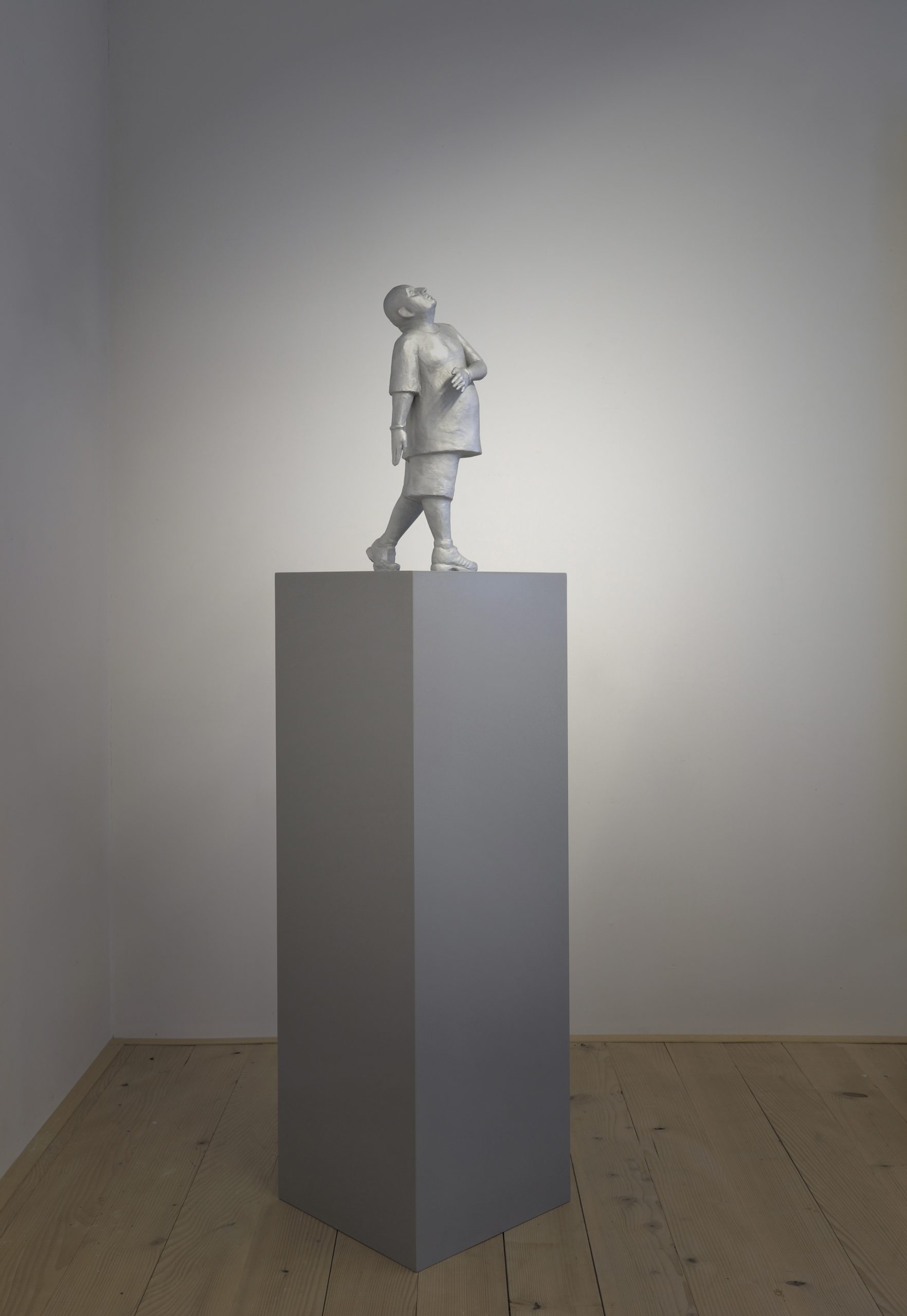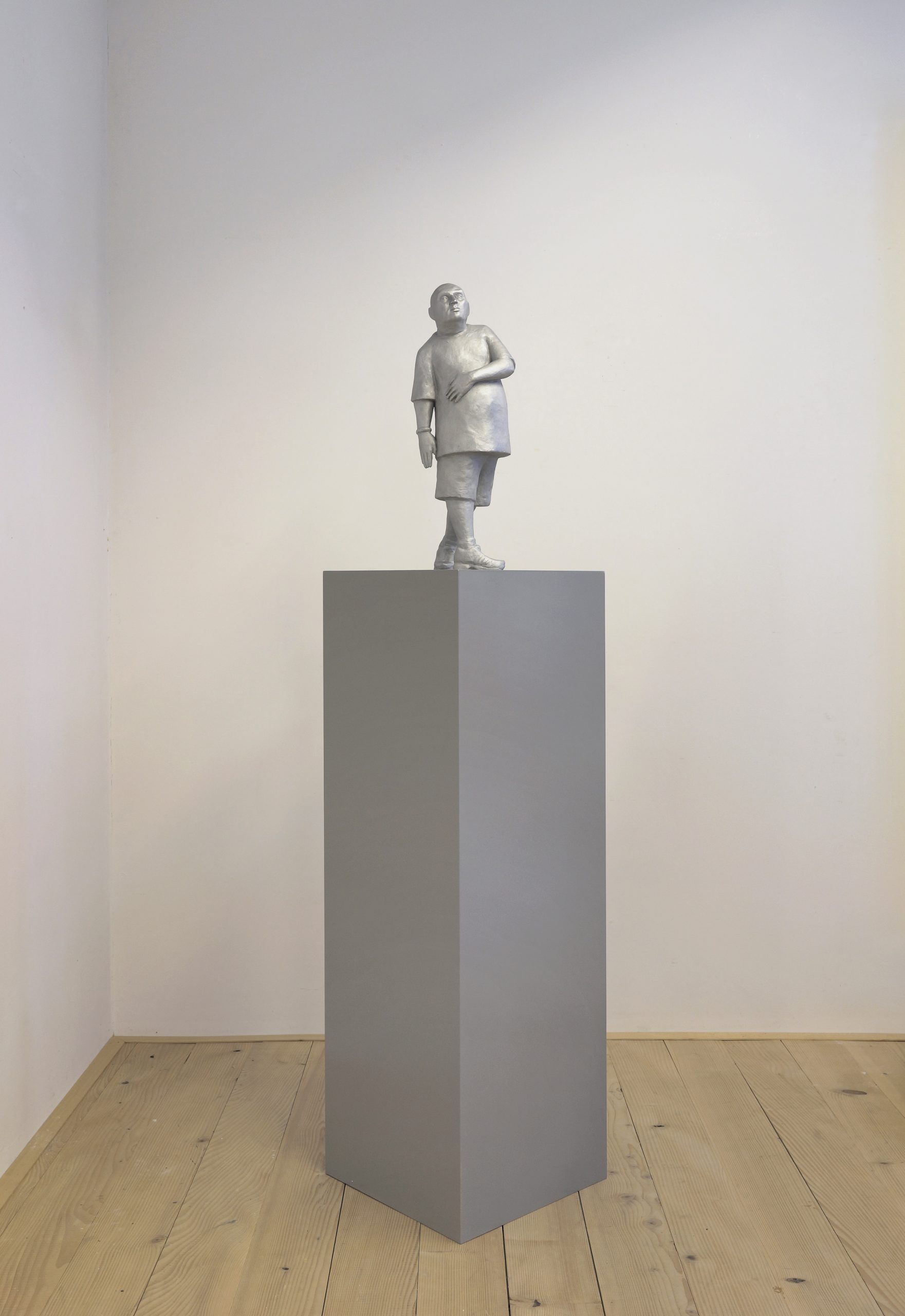Share
“Trademarks”
By Michelle Nicol – 2001
Urs Lüthi does not believe in the redemptive value of art. But he does believe that experience is rational. Rational experience means functionalizing the external environment for one’s own inner life. Experiences are always singular and inseparable from a specific subjective context.
The processing of these experiences is my business alone and I alone determine if they seem “beautiful” to me. Lüthi knows that an introspective attitude to life, which places the subject in the absolute centre of emotions, reflections and actions, has replaced the extroverted attitude to life. I am what count. The social scientist Gerhard Schulze has given this sociological program a name: “The Project of a Beautiful Life”. In other words: the currently much-vaunted “society of experiences” is characterized by the at once collective and disparate desire of the individual subject to be confronted with incidents and events.
To repeat: Urs Lüthi does not believe in the redemptive value of art. Everything is appearance; everything is ersatz.
Urs Lüthi initiated his ongoing project of the beautiful life in the seventies. A new series titled “Trademarks” comprises seven photographed self-portraits from this period. These portraits have been heralded as paradigms of Central European artistic output; they stand for a distinctive genre that transcends a territory from Conceptual Art to dandyism to analyses of everyday sensitivities. Every professional in contemporary art, every art student, every exhibition organizer and every art scholar is familiar with these portraits, which depict Luethi in various travesties and various states. There is Lüthi, the cutie, posing in a fleece sweater, his arms crossed, his gaze dreamy. Title: I’ll be your mirror. Luethi, the diva, holding a note in his hands, like a kidnapped hostage. Stamped on the note we read, You are not the only who is lonely, with a lipstick kiss above and a signature below. And there is Lüthi, the cheerless winner, pot-bellied, face smudged with dirt, showing symptoms of exhaustion and carelessly propping the cup on his leg. Title: Champion I. Probably the most renowned is Luethi, the tragic hero, in a tight-fitting and vaguely sexy snakeskin jacket, a scarf casually wrapped around his neck, tears sparkling on his neck. Title: Lüthi also cries for you. For their 2001 comeback, the portraits have been decked out in serial guise. In contrast to the seventies, they are now presented in uniform molded frames, with the title “Trademarks” and the signature Lüthi profile inscribed on the side. The personalized feature has become typified.
Caution: This series is conspicuously un-nostalgic. The effect these pictures had on their contemporary public? Of no import. The facts: today they are emblems, they are cult images, they are icons, they are super pictures because they embody a certain life feeling, because they illustrate the idea ushered in by feminism that the personal is always political, because they purvey flamboyant hedonism, because they take a stand using the artist’s own body, because they couple art with histrionics and spectacle, because they are both hero and anti-hero incarnate, both blazing hot and casually cool. The potency of longing has become even more insistent, as shown in the endlessly multiplied, endlessly mutated manifestations produced by recent makers of art. And – possibly thanks to their reflexive tenor – trace elements of these pictures are found farther afield, in fashions, in lifestyle, in luxury living, where advancement depends on a certain life feeling.
Why this hype? FIRST: The project of a beautiful life has blossomed into a veritable mass phenomenon over the past thirty years. In Schulze’s terms that mean: the experience-oriented member of society has begun to engage in self-reflection. This is unsettling and begets a readiness to share collective expectations; the more so as the naïve impact theory of experience hardly suffices to equip individuals to cope with the complex project of life. In what we might call a vicarious act, Lüthi has undertaken to do the self-reflecting for us, for the world. And pictures of this kind have proliferated, turning Lüthi’s pictures into models.
Why this hype? SECOND: Lüthi’s “Trademarks” have allure. In other words: they testify to a cool technique that reflects on the state of Western Civilization at a certain point in time. We consider Lüthi’s pictures cool for some of the same reasons that we consider contemporaneous pictures by Patti Smith or Françoise Hardy cool. Or: Gordon Matta Clark’s Restaurant Food. Bianca Jagger in a white Yves Saint-Laurent dinner jacket. Warhol’s diaries that meander between anesthesia and glamour. Velvet Underground. Star system. Beauty. Mass media. Exhibitionism. Blurring of gender. Eternal youth. They are pictures from a time marked by a great yearning for some kind of immediate, unfiltered expression. Tension: the Warhol tendency to turn everything into cold matter vs. the tendency of the promise of happiness through the power of feelings.
Why this hype? THIRD: fashions. In the poly-stylistic universe of today, the aesthetics of the seventies are emerging as the enduring cool. In his book Aesthetische Theorie, Adorno writes: “Through fashions, art sleeps with that which it must sacrifice and from them draws strength, which is atrophied by sacrifice without which it would, however, not be. Art, as appearance, is the clothing of an invisible body.” But that’s not all. The attitude with which Lüthi appropriates and reconfigures his own archives is ironic. By re-releasing a certain period of his artistic oeuvre to comical and grotesque effect, and submitting it for renewed discussion, he is also and maliciously undermining the uncontested acclaim of these works. What was once indisputably classed as an expression of individuality, as euphoria of possibilities, as a drive for freedom – and may well have been intended as such – has become sheer conformity today. And so Lüthi is celebrating a twofold triumph: he is reinforcing the historical dimension of his iconographic heroism, on one hand, and shrewdly deconstructing that same position, on the other. Naturally, his gesture also makes a statement about the workings of the art system. Lüthi no longer wants to be our mirror. His picture series of disparate ego-offerings is titled “Trademarks”. That is to say: it is a body of pictures with a trademark registered by Lüthi. Registered in collective cultural memory, registered in the anthology of recent art history. By introducing the concept of the trademark, Lüthi has claimed a term associated with marketing, thus drawing our attention to the more or less fresh role of art as a segment in the line of products hawked by the society of experiences.
